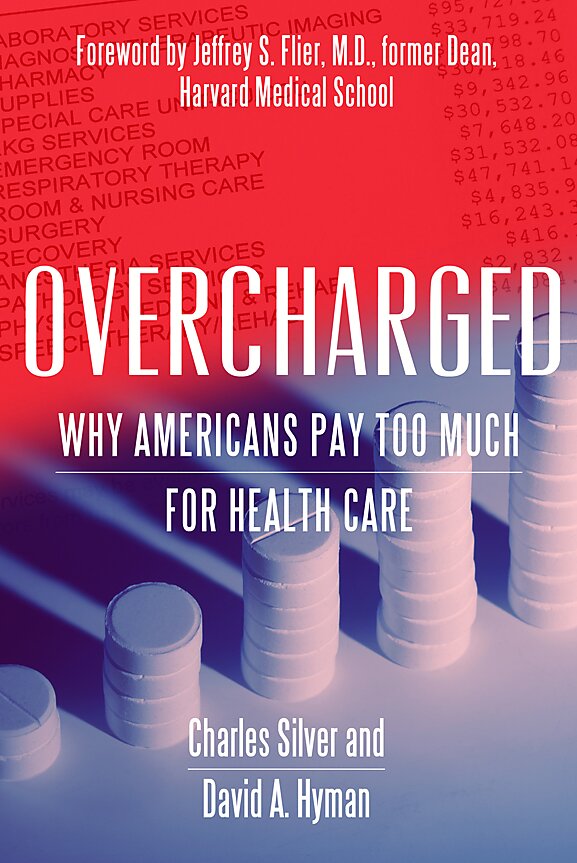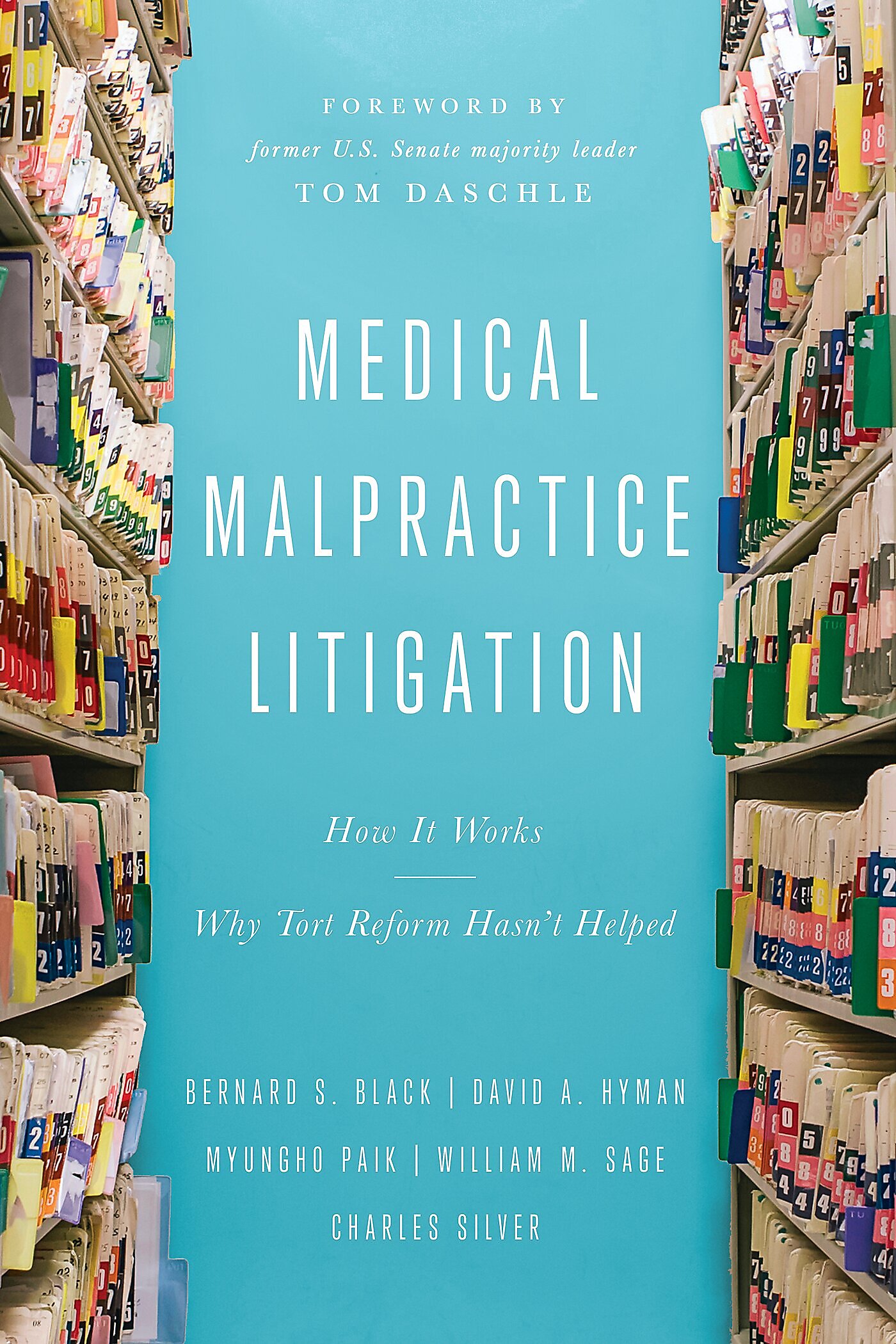Reports in 2019 of e‑cigarette vaping associated lung injury (EVALI) in teen and adolescent vapers added momentum to the already popular idea of banning flavored vaping cartridges, very popular with young vapers. In January 2020 the Food and Drug Administration ordered all companies to cease manufacturing flavored vaping cartridges.
It has been illegal to sell e‑cigarettes to anyone under age 18 since 2016. The age was raised to 21 for tobacco and e‑cigarettes in December 2019. This, of course, has not prevented many youth from obtaining e‑cigarettes and cartridges on the black market.
The movement to keep teens away from e‑cigarettes stems from the belief that they are a gateway to tobacco smoking. A 2018 study by researchers at the University of California San Francisco suggested teen vapers progressed to tobacco. However, University of South Dakota researchers questioned the methodology of that study, claiming the relationship between teen vaping and tobacco smoking can be traced to shared risk factors for tobacco use. Their own study, published in April 2020, concluded:
Electronic cigarettes may have offset conventional smoking among US adolescents between 2010 and 2018 by maintaining the total nicotine use prevalence and diverting them from more harmful conventional smoking. Additionally, electronic cigarette users appear to initiate at older ages relative to conventional smokers, which is associated with lower risk.
A systematic review and meta-analysis published January 2021 in BMJ by researchers at the University of Bristol concluded:
Although the association between e‑cigarette use among non-smokers and subsequent smoking appears strong, the available evidence is limited by the reliance on self-report measures of smoking history without biochemical verification. None of the studies included negative controls which would provide stronger evidence for whether the association may be causal. Much of the evidence also failed to consider the nicotine content of e‑liquids used by non-smokers meaning it is difficult to make conclusions about whether nicotine is the mechanism driving this association.
Now comes a study published in the May 2021 issue of Nicotine and Tobacco Research by researchers at Brown University and Harvard University that examined data from 2009–2018 and finds, “E‑cigarette use is largely concentrated among youth who share characteristics with smokers of the pre-vaping era, suggesting e‑cigarettes may have replaced cigarette smoking.” The authors state the implications of their research:
Vaping is largely concentrated among non-smoking youth who would likely have smoked prior to the introduction of e‑cigarettes, and the introduction of e‑cigarettes has coincided with an acceleration in the decline in youth smoking rates. E‑cigarettes may be an important tool for population-level harm reduction, even considering their impact on youth.
Dr. Natasha Sokol, once of the study’s authors, told Filter journalist Alex Norcia, “The decline in youth smoking really accelerated after the availability of e‑cigarettes.”
Efforts to reduce teen vaping deprive adult tobacco smokers of a proven harm reduction strategy. It turns out that most adult tobacco smokers who wish to quit prefer flavored and menthol e‑cigarettes as more effective substitutes. A policy intended for minors is hurting adults. Now there is evidence that many who had switched from tobacco to e‑cigarettes are switching back to tobacco. And while there are early indications that teen vaping rates may be starting down, pandemic-related school closures, lockdowns and stay-at-home orders might be distorting the actual effects of the flavor bans.
Meanwhile, whatever became of EVALI? It turns out that its etiology can largely be linked to marijuana prohibition. By the Fall of 2019 researchers found that most cases of EVALI were caused by Vitamin E acetate mixed with THC-containing vaping liquids, Furthermore, most cases of EVALI occurred in states where recreational marijuana was illegal. Soon after this became known, Washington and Colorado, where recreational cannabis is legal, banned the use of vitamin E acetate in the manufacture of any THC vaping cartridges by state‐based companies. By early 2020, as vapers, legal manufacturers, and clinicians became aware of the primary cause of EVALI, the outbreak abated and case reports have all but disappeared.
In a sad and ironic twist, prohibition of marijuana helped to deprive adults of a proven way to reduce harm from smoking a legal substance that poses much greater health risks.


